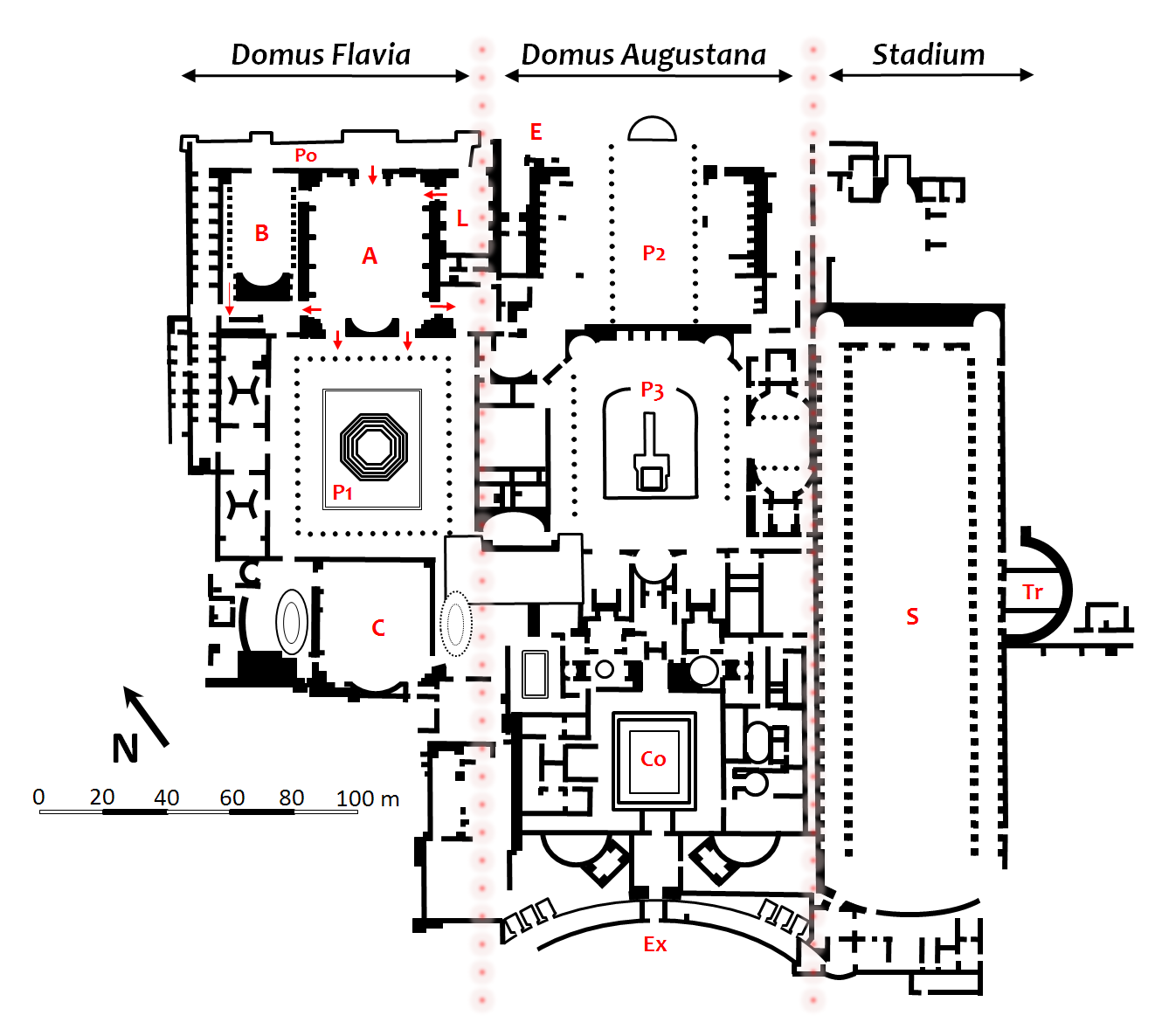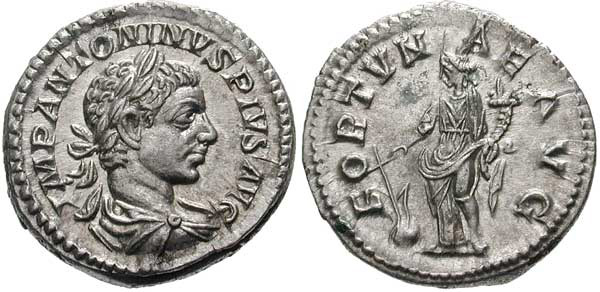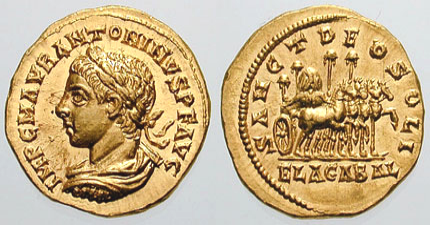|
Temple Of Jupiter Victor
The Temple of Jupiter Victor (Latin: ''Aedem Iovis Victoris'') was a temple on the Palatine Hill of ancient Rome. History A temple to the god Jupiter was vowed by Quintus Fabius Maximus Rullianus during the Battle of Sentinum, and was built on the Palatine across from the Temple of Jupiter Stator after 295 BCE. According to Ovid (Fasti IV.621) the day of dedication of the temple was the Ides of April. It has been assumed that this was the temple that was redesigned during the reign of Domitian as part of his massive rebuilding works on the Palatine, and sat at the entrance of the ''Domus Augustana'' beside a monumental arch. Further, it is thought that this was the temple (the Elagabalium) that the emperor Elagabalus rededicated to his god Elagabal, which Severus Alexander subsequently restored back to the worship of Jupiter. Up until the 1950s, the ruins of the Temple of Apollo Palatinus were believed to have been the remains of this temple.Filippo Coarelli, ''Rome and Environs: ... [...More Info...] [...Related Items...] OR: [Wikipedia] [Google] [Baidu] |
Palatine Hill
The Palatine Hill (; la, Collis Palatium or Mons Palatinus; it, Palatino ), which relative to the seven hills of Rome is the centremost, is one of the most ancient parts of the city and has been called "the first nucleus of the Roman Empire." The site is now mainly a large open-air museum while the Palatine Museum houses many finds from the excavations here and from other ancient Italian sites. Imperial palaces were built there, starting with Augustus. Before imperial times the hill was mostly occupied by the houses of the rich. The hill originally had two summits separated by a depression; the highest part was called Palatium and the other Germalus (or Cermalus). Using the Forma Urbis Romae, Forma Urbis its perimeter enclosed ; while the Regionary Catalogues of the 4th century enclose . Etymology According to Livy (59 BC – AD 17) the Palatine hill got its name from the Arcadia (ancient region), Arcadian settlers from Pallantium, named from its founder Pallas of Arc ... [...More Info...] [...Related Items...] OR: [Wikipedia] [Google] [Baidu] |
Domus Augustana
The Domus Augustana is the modern name given to the central residential part of the vast Roman Palace of Domitian (92 AD) on the Palatine Hill. In antiquity the name may have applied to the whole of the palace. Its name is not directly related to the emperor Augustus (r. 27 BC – AD 14) and should not be confused with the nearby Domus Augusti, but probably refers to the later Roman meaning of ''Augustus'' as "emperor". Layout The central section of the palace (labelled "Domus Augustana" in the diagram) consists of at least four main parts: the "2nd Peristyle" to the northeast, the central "3rd Peristyle", the courtyard complex and the exedra on the southwest. The Domus Augustana is built on two levels, the upper northern one consisting of the two peristyles to the north on the same level and closely linked to the Domus Flavia and therefore probably having public functions. The southern section was built a little later and some details suggest that it was not Rabirius who di ... [...More Info...] [...Related Items...] OR: [Wikipedia] [Google] [Baidu] |
Temples On The Palatine
A temple (from the Latin ) is a building reserved for spiritual rituals and activities such as prayer and sacrifice. Religions which erect temples include Christianity (whose temples are typically called churches), Hinduism (whose temples are called Mandir), Buddhism, Sikhism (whose temples are called gurudwara), Jainism (whose temples are sometimes called derasar), Islam (whose temples are called mosques), Judaism (whose temples are called synagogues), Zoroastrianism (whose temples are sometimes called Agiary), the Baha'i Faith (which are often simply referred to as Baha'i House of Worship), Taoism (which are sometimes called Daoguan), Shinto (which are sometimes called Jinja), Confucianism (which are sometimes called the Temple of Confucius), and ancient religions such as the Ancient Egyptian religion and the Ancient Greek religion. The form and function of temples are thus very variable, though they are often considered by believers to be, in some sense, the "house ... [...More Info...] [...Related Items...] OR: [Wikipedia] [Google] [Baidu] |
Temple Of Apollo Palatinus
The Temple of Apollo Palatinus ('Palatine Apollo') was a temple on the Palatine Hill of ancient Rome, which was first dedicated by Augustus to his patron god Apollo. It was only the second temple in Rome dedicated to the god, after the Temple of Apollo Sosianus. It was sited next to the Temple of Cybele. Prior to excavations in 1956, these remains were thought to belong to the Temple of Jupiter Victor.Filippo Coarelli, Rome and Environs: An Archaeological Guide, page 142 History It was vowed by Octavian in return for the victory over Sextus Pompeius at the Battle of Naulochus in 36 BC and over Mark Antony and Cleopatra at the Battle of Actium 31 BC, and was built on a site where a lightning bolt had struck the interior of Augustus' property on the Palatine. It was dedicated on October 9, 28 BC. The ludi saeculares, reinstituted by Augustus in 17 BC and also largely developed and funded by him, involved the new temple. Augustus' private house was directly connected to the ... [...More Info...] [...Related Items...] OR: [Wikipedia] [Google] [Baidu] |
Severus Alexander
Marcus Aurelius Severus Alexander (1 October 208 – 21/22 March 235) was a Roman emperor, who reigned from 222 until 235. He was the last emperor from the Severan dynasty. He succeeded his slain cousin Elagabalus in 222. Alexander himself was eventually assassinated, and his death marked the beginning of the events of the Crisis of the Third Century, which included nearly fifty years of civil war, foreign invasion, and the collapse of the monetary economy. Alexander was the heir to his cousin, the 18-year-old Emperor Elagabalus. The latter had been murdered along with his mother Julia Soaemias by his own guards, who, as a mark of contempt, had their remains cast into the Tiber river. Alexander and his cousin were both grandsons of Julia Maesa, the sister of empress Julia Domna, who had arranged for Elagabalus's acclamation as emperor by the Third Gallic Legion. Alexander's 13-year reign was the longest reign of a sole emperor since Antoninus Pius. He was also the secon ... [...More Info...] [...Related Items...] OR: [Wikipedia] [Google] [Baidu] |
Elagabalus (deity)
Elagabalus (), Aelagabalus, Heliogabalus, () or simply Elagabal (Aramaic: 𐡁𐡋𐡄𐡂𐡀𐡋 ''ʾĕlāhgabāl'' or 𐡁𐡋𐡄𐡀𐡂𐡀𐡋 ''ʾĕlāhaʾgabāl''; Arabic: إله الجبل ''Ilah al-Jabal'', "mountain god") was an Arab-Roman sun god, initially venerated in Emesa (modern-day Homs), Syria. Although there were many variations of the name, the god was consistently referred to as Elagabalus in Roman coins and inscriptions from AD 218 on, during the reign of emperor Elagabalus. Cult Elagabalus was initially venerated at Emesa in Syria, where the Arab Emesan dynasty acted as its priests. The name is the Latinised form of the Arabic "Ilah al-Jabal" ("إله الجبل"), the Emesene manifestation of the deity, which is Arabic for "God of the Mountain." Elagabalus was the religious "lord", or Ba'al, of Emesa. The deity successfully preserved Arab characteristics, both in his names and in his representations. The cult of the deity spread to ot ... [...More Info...] [...Related Items...] OR: [Wikipedia] [Google] [Baidu] |
Elagabalus
Marcus Aurelius Antoninus (born Sextus Varius Avitus Bassianus, 204 – 11/12 March 222), better known by his nickname "Elagabalus" (, ), was Roman emperor from 218 to 222, while he was still a teenager. His short reign was conspicuous for sex scandals and religious controversy. A close relative to the Severan dynasty, he came from a prominent Arab family in Emesa (Homs), Syria, where since his early youth he served as head priest of the sun god Elagabal. After the death of his cousin, the emperor Caracalla, Elagabalus was raised to the principate at 14 years of age in an army revolt instigated by his grandmother Julia Maesa against Caracalla's short-lived successor, Macrinus. He only posthumously became known by the Latinised name of his god. Later historians suggest Elagabalus showed a disregard for Roman religious traditions and sexual taboos. He replaced the traditional head of the Roman pantheon, Jupiter, with the deity Elagabal, of whom he had been high priest. ... [...More Info...] [...Related Items...] OR: [Wikipedia] [Google] [Baidu] |
Elagabalium
The Elagabalium was a temple built by the Roman emperor Elagabalus, located on the north-east corner of the Palatine Hill. During Elagabalus' reign from 218 until 222, the Elagabalium was the center of a controversial religious cult, dedicated to Elagabalus, of which the emperor himself was the high priest. History The temple was a colonnaded structure some 70 metres by 40 metres, in front of the Colosseum, within a colonnaded enclosure. The temple platform was originally built under Domitian between 81 and 96, and may have been a place of worship to Jupiter. The remnants of this terrace are still visible today at the north-east corner of the Palatine Hill. When Elagabalus became emperor in 218 the temple was expanded and rededicated to the god Elagabal, the patron deity of his homeplace Emesa in Syria.Herodian, ''Roman History'V.5/ref> Elagabal was personified by a conical black stone, which has been suggested to have been a piece of meteorite rock. After Elagabalus' death t ... [...More Info...] [...Related Items...] OR: [Wikipedia] [Google] [Baidu] |
Domitian
Domitian (; la, Domitianus; 24 October 51 – 18 September 96) was a Roman emperor who reigned from 81 to 96. The son of Vespasian and the younger brother of Titus, his two predecessors on the throne, he was the last member of the Flavian dynasty. Described as "a ruthless but efficient autocrat", his authoritarian style of ruling put him at sharp odds with the Senate, whose powers he drastically curtailed. Domitian had a minor and largely ceremonial role during the reigns of his father and brother. After the death of his brother, Domitian was declared emperor by the Praetorian Guard. His 15-year reign was the longest since that of Tiberius. As emperor, Domitian strengthened the economy by revaluing the Roman coinage, expanded the border defenses of the empire, and initiated a massive building program to restore the damaged city of Rome. Significant wars were fought in Britain, where his general Agricola attempted to conquer Caledonia (Scotland), and in Dacia, where Domit ... [...More Info...] [...Related Items...] OR: [Wikipedia] [Google] [Baidu] |
Ancient Rome
In modern historiography, ancient Rome refers to Roman civilisation from the founding of the city of Rome in the 8th century BC to the collapse of the Western Roman Empire in the 5th century AD. It encompasses the Roman Kingdom (753–509 BC), Roman Republic (509–27 BC) and Roman Empire (27 BC–476 AD) until the fall of the western empire. Ancient Rome began as an Italic settlement, traditionally dated to 753 BC, beside the River Tiber in the Italian Peninsula. The settlement grew into the city and polity of Rome, and came to control its neighbours through a combination of treaties and military strength. It eventually dominated the Italian Peninsula, assimilated the Greek culture of southern Italy (Magna Grecia) and the Etruscan culture and acquired an Empire that took in much of Europe and the lands and peoples surrounding the Mediterranean Sea. It was among the largest empires in the ancient world, with an estimated 50 to 90 million inhabitants, roughly ... [...More Info...] [...Related Items...] OR: [Wikipedia] [Google] [Baidu] |
Ides (calendar)
The Roman calendar was the calendar used by the Roman Kingdom and Roman Republic. The term often includes the Julian calendar established by the reforms of the Roman dictator, dictator Julius Caesar and Roman emperor, emperor Augustus in the late 1stcenturyBC and sometimes includes any system dated by inclusive counting towards months' kalends, nones (calendar), nones, and ides (calendar), ides in the Roman manner. The term usually excludes the Alexandrian calendar of Roman Egypt, which continued the unique months of that land's Egyptian calendar, former calendar; the Byzantine calendar of the Byzantine Empire, later Roman Empire, which usually dated the Roman months in the simple count of the ancient Greek calendars; and the Gregorian calendar, which refined the Julian system to bring it into still closer alignment with the tropical year. Roman dates were counted inclusively forward to the next of three principal days: the first of the month (the kalends), a day shortly befor ... [...More Info...] [...Related Items...] OR: [Wikipedia] [Google] [Baidu] |
Ovid
Pūblius Ovidius Nāsō (; 20 March 43 BC – 17/18 AD), known in English as Ovid ( ), was a Roman poet who lived during the reign of Augustus. He was a contemporary of the older Virgil and Horace, with whom he is often ranked as one of the three canonical poets of Latin literature. The Imperial scholar Quintilian considered him the last of the Latin love elegists.Quint. ''Inst.'' 10.1.93 Although Ovid enjoyed enormous popularity during his lifetime, the emperor Augustus banished him to Tomis, a Dacian province on the Black Sea, where he remained a decade until his death. Overview A contemporary of the older poets Virgil and Horace, Ovid was the first major Roman poet to begin his career during Augustus's reign. Collectively, they are considered the three canonical poets of Latin literature. The Imperial scholar Quintilian described Ovid as the last of the Latin love elegists.Quint. ''Inst.'' 10.1.93 He enjoyed enormous popularity during his lifetime, but the emperor ... [...More Info...] [...Related Items...] OR: [Wikipedia] [Google] [Baidu] |









